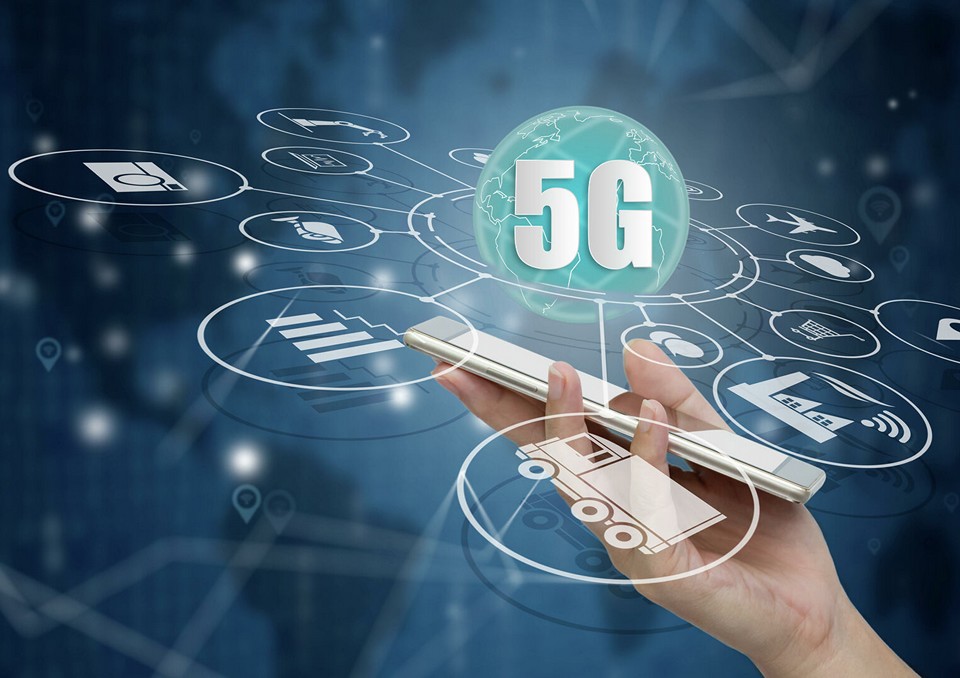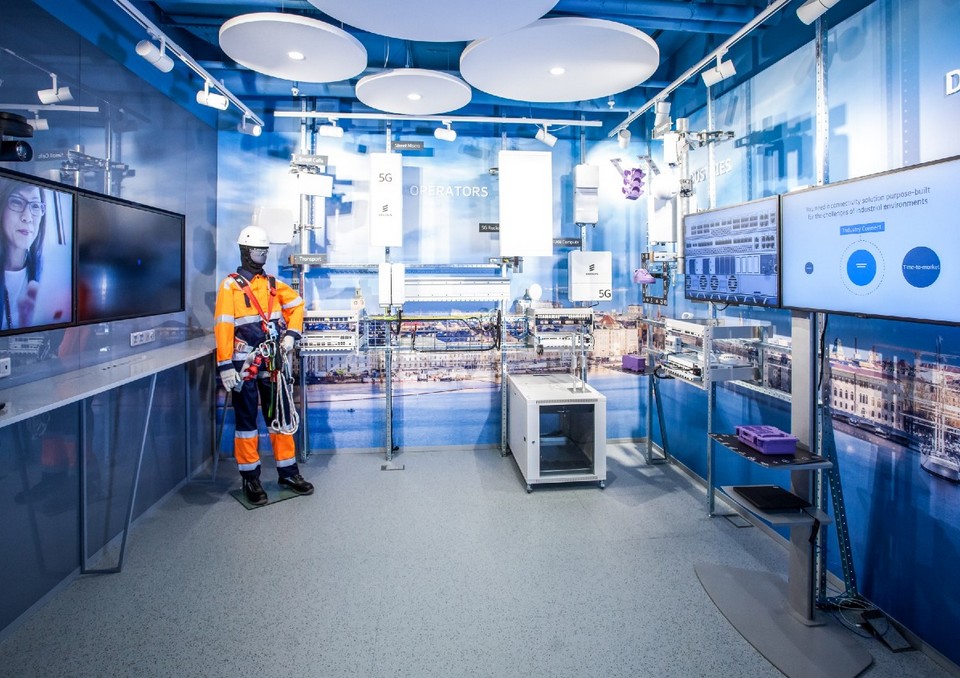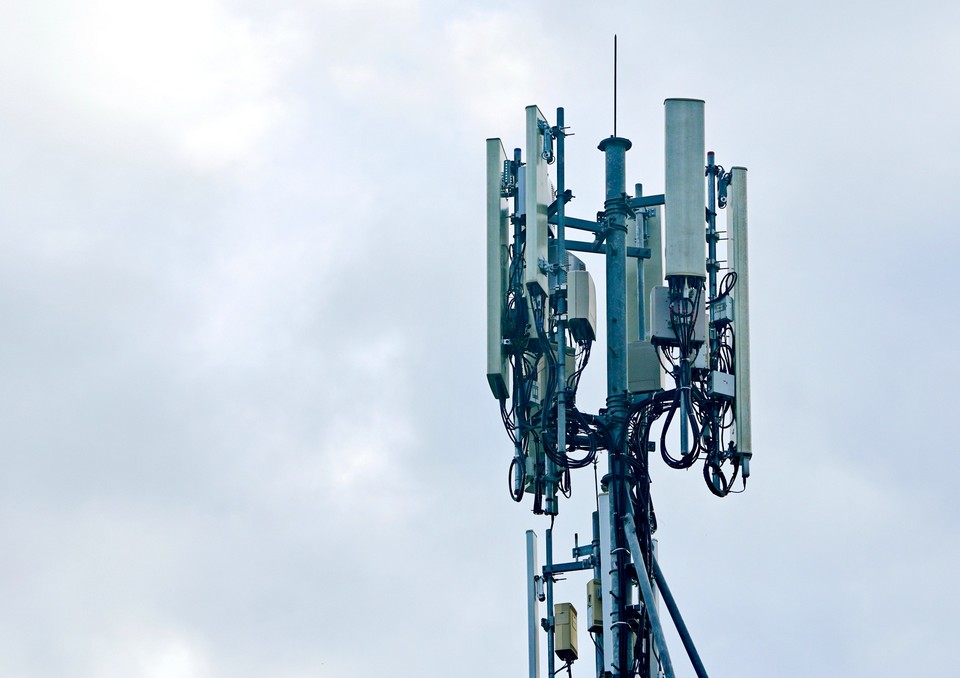Fifth generation communication is not just super-fast Internet, but a completely different quality of services and life in general. We will tell you how new technology will change the surrounding reality and ourselves in the coming years

5G is understood as a new generation of mobile communications. The G in the title is simply a generation. 1G networks emerged in the 1980s as the first generation of wireless telephone technology. In 1991, a 2G network appeared. It became possible to encrypt a digital signal, and it was possible to transfer not only voice, but also text and images (SMS and MMS). In the next modifications 2.5G (GPRS) and 2.75G (EDGE) Internet access appeared, and in 3G it became packet and faster. It was the mobile standard of the 2000s.
4G became popular in the 2010s – the Internet became faster, with its help it was already possible to play mobile games, watch long online videos and use video calls. Now 5G is on the way, which really means a multitude of technologies and the transformation of entire infrastructures.
In the context of mobile communications with 5G, Internet speeds range from 10 to 25 Gbps with minimal signal transmission delays (only 1-2 ms). At this speed, you can download all seasons of Game of Thrones in a minute. This opens up a huge field of opportunities: new services, services and entire business models that were not possible in 4G networks. For the mass consumer, the most demanded area of 5G application is virtual and augmented reality.
For example, in 2018, during the football match Russia – Turkey, five cameras with 360-degree coverage were installed at the stadium, the images from which were transmitted over the 5G network to the MegaFon office. The broadcast could be watched in a virtual reality helmet, completely immersed in what was happening at the stadium.
The new standard uses not only new technological, but also software functions. First, 5G uses multiple antennas on transceivers, so the speed and quality of the signal increases. The 5G signal occupies higher frequencies, which means there will be less interference, but the transmitters must be stronger and the stations closer. Secondly, 5G uses network slicing, which means that in the future there may be logically isolated networks for certain tasks: for example, a separate one for the Internet of things, and another for video broadcasts.
The necessary resources and technologies are allocated for each task. This will avoid overloads and signal transmission delays. That is why 5G is primarily not a consumer trend (at least for now), but a business one.

Thanks to 5G, a patient who needs immediate help will no longer need to travel to a clinic or hospital. New technologies allow transferring a huge amount of data without delays and are in demand in pediatrics, psychotherapy, dermatology, neurology and even in intensive care: if a patient cannot be transported to another clinic, an urgent video call to a more competent specialist can save lives. A highly qualified surgeon through a 5G video session can remotely observe what is happening during the operation and correct the actions of colleagues, or control auxiliary devices.
The next generation wireless network will help the development of unmanned vehicles due to the high data transfer rate. According to PwC’s forecast, fully autonomous vehicles will appear in the largest cities of the planet by 2040. 5G will give autonomous vehicles the ability to interact with roads, traffic lights, street signs and parking lots. All data from connected cars and IoT sensors will be transferred to the cloud storage and processed.
Based on this, the traffic flow will be monitored in real time, city transport routes will be optimized, the priority of special transport will be ensured, and offenses will be recorded. 5G will play an important role in the safety of self-driving cars due to its low signal latency: if necessary, the dispatcher can take over emergency control of the car.
If we talk about everyday life, then 5G is primarily associated with the Internet of Things (IoT) and the “smart” home. The number of devices that can be connected to the IoT is constantly growing: these are “smart” bulbs, sockets, speakers, cameras, locks and much more. In order for a large number of things to “communicate” with each other promptly and without interruptions, a connection is needed that provides a high data transfer rate. 5G technology can solve these problems, while improving home security and energy savings.
For example, there are video surveillance systems that transmit a signal with a delay of only a few milliseconds. An IoT system can also include smart meters that transmit readings themselves to management companies, thermostats that regulate energy, and gas meters that can detect leaks.

Thanks to 5G, the global entertainment industry is expected to increase revenue by more than $ 1 trillion. High data transfer rates and low latency will lead to a breakthrough in cloud gaming. For example, already in August 2019, MegaFon showed the first example of cloud 5G gaming. The bottom line is that the processing of complex 3D graphics is taken over by a special server, and the resulting image is transmitted over the 5G network with minimal delays to the most ordinary laptop.
As a result, the game runs at the same speed as on a powerful gaming computer, which is no longer necessary to buy. And you can launch the game not only from home, but from anywhere with 5G coverage – even if you are sitting with a computer on a park bench. 5G will also enable you to download a full-length movie in seconds, not minutes, and access streaming media almost instantly.
It is predicted that 1.5 billion people will connect to 5G by 2024. But so far there is no single 5G standard – a number of tests of infrastructure and technologies are underway, many of which are still being developed. There are very few 5G devices commercially available. At first, even devices with 5G will operate on frequency refarming – that is, use the infrastructure serving 4G. But this standard will be more demanding on smartphone manufacturers: to maintain it, a much more powerful battery will be needed. Now it is too early to buy a smartphone with 5G – until it becomes a new standard, another 3-4 years.